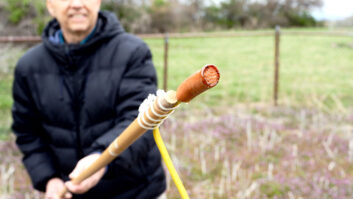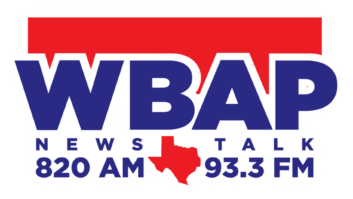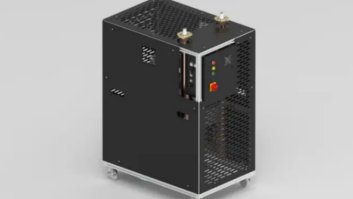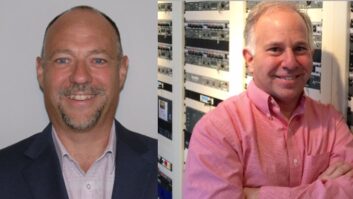After years of proliferation, FM translators have become even more hotly sought after in the United States in recent months thanks to the recent AM order by the FCC. Radio World is asking industry consultants and other experts about this in a series of interviews.

Joseph M. Davis, P.E., is president and founder of Chesapeake RF Consultants LLC.
RW: What business activity are you seeing as a result of this; how does it affect what you do?
Davis: While AM and FM Radio broadcasters have been implementing FM translators like crazy for 5+ years now, the recent order provides additional flexibility for AM stations to acquire an FM translator where previously they were locked into a much smaller pool of candidate translators. Now, the first order of business is to see if a frequency is available at the desired transmitting location for a translator, and if so, then a distant translator can be acquired for the filing window. I’m getting calls from many stations to work through the frequency availability issues and develop prospective translator facilities.
RW: What goals are driving your broadcast clients as they pursue translator strategies?
Davis: Obviously there are struggling AM stations, many with little or no nighttime coverage, and they see this as an opportunity to put their signal where most of the listeners are (on FM) and be available 24/7. Some AM owners have reservations that this won’t genuinely help AM listening but they figure that if an FM frequency is available they shouldn’t ignore any opportunity to enhance their business.
RW: What technical concerns does this process raise, what technical issues should radio managers know about?
Davis: Two principal concerns:
(1) Careful consideration should be given to selecting a frequency and implementing it to minimize the potential for actual interference to an existing station on the same or first-adjacent channel. The FCC will authorize a translator using their traditional coverage contour protection method, however actual coverage and interference can extend well beyond the contours. The FCC requires the translator licensee to address any actual interference to other stations which could render the planned translator facility useless or otherwise reduced. When planning a translator, interference modeling is recommended beyond reliance on the FCC’s contour protection method.
(2) Coverage expectations should be managed. At 250 Watts maximum, a translator’s service will typically be far reduced from that of a full-power FM station. While satisfactory reception in cars can be accomplished over a wide area, indoor reception (in home and businesses) will be limited to locations very near the translator site. As with any FM signal, more height results in better coverage however that also increases the potential for actual interference to other stations.
RW: Do you worry about the FM band having too many translators? Why or why not?
Davis: No, not specifically translators, but rather my concern is for the industry in general with the continued encroachment by other services that compete with traditional radio.
RW: What other questions should we be asking on this topic?
Davis: Not an AM issue but you might query if the proliferation of “HD2” “HD3” translators have led to additional revenue for those stations.

RW: Can you provide a visual graphic regarding any of your projects (photo or coverage plot)?
Davis: The sample map (right) is for an existing FM translator carrying an AM station (96.1 MHz translator at Bloomington, Ind., associated with WGCL 1370 kHz), showing the translator’s coverage contour and FCC’s limits. The FCC’s fill-in limits for AM station translators require that the FM 60 dBµ contour be contained within the lesser of the AM daytime 2 mV/m contour and a 25 mile radius from the AM site. That is, the FM contour cannot pass beyond either of these limits.
The FCC’s recent AM order also contains an NPRM which considers relaxing the FM translator contour limit to ignore the AM 2 mV/m contour within the 25 mile radius and to allow up to 40 miles where the AM 2 mV/m contour extends this far.
Joe Davis received a bachelor of science in electrical engineering technology in 1982 from Old Dominion University in Norfolk, Va., and since 1980 has worked for and served as a consultant to various television and radio stations in engineering capacities, including transmitter and tower site relocation, facility upgrade, signal propagation, interference evaluation, FCC technical regulatory matters, and in the evaluation of human exposure to radiofrequency (RF) electromagnetic fields. He is a former president of the Association of Federal Communications Consulting Engineers and has served in other roles with AFCCE, IEEE, the National Society of Professional Engineers and the Society of Broadcast Engineers.












